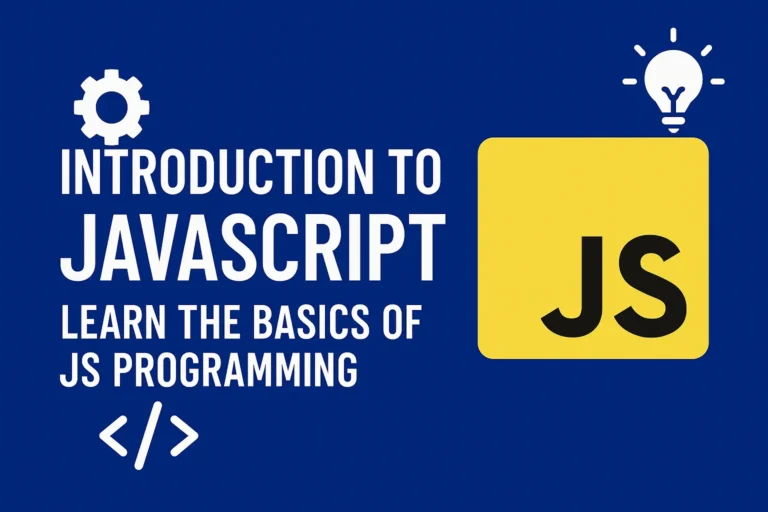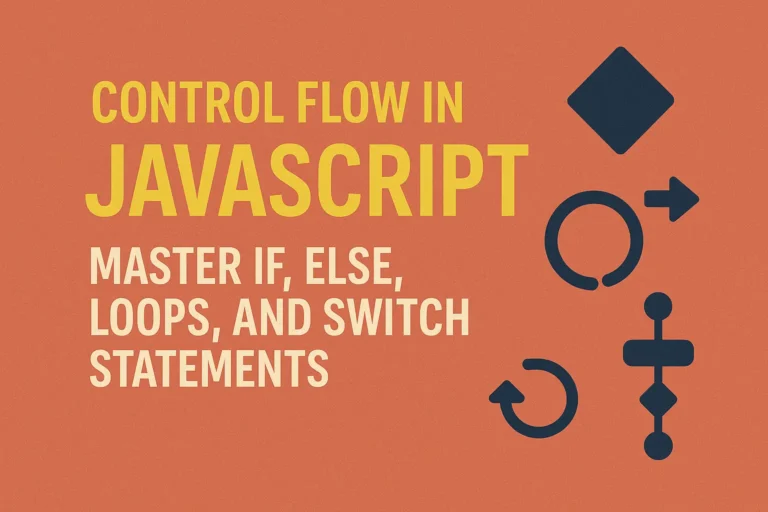In this article, we’ll delve into the concepts of global vs. local scope, lexical scope, and closures in JavaScript, along with examples to illustrate each concept.
Global vs. Local Scope
Global Scope:
Variables declared outside of any function or block have a global scope. They can be accessed from anywhere in the code, including inside functions.
var globalVar = 10;
function foo() {
console.log(globalVar); // Output: 10
}
foo();
Local Scope:
Variables declared within a function have a local scope. They are accessible only within that function.
function bar() {
var localVar = 20;
console.log(localVar); // Output: 20
}
bar();
console.log(localVar); // Error: localVar is not defined
Lexical Scope
Lexical scope refers to the visibility of variables within nested functions. In JavaScript, functions create a new scope, and they have access to variables defined in their outer scope.
function outerFunction() {
var outerVar = 30;
function innerFunction() {
console.log(outerVar); // Output: 30
}
innerFunction();
}
outerFunction();
In the above example, innerFunction has access to the outerVar variable declared in its outer scope, demonstrating lexical scoping.
Closure Concept
Closures are an important and powerful concept in JavaScript. A closure is created when a function is defined within another function (the outer function) and has access to the outer function’s variables. Even after the outer function has finished executing, the inner function maintains a reference to the outer function’s variables.
function createCounter() {
var count = 0;
return function() {
return ++count;
};
}
var counter = createCounter();
console.log(counter()); // Output: 1
console.log(counter()); // Output: 2
console.log(counter()); // Output: 3
In the above example, createCounter returns an inner function that has access to the count variable defined in its outer scope. Every time the inner function is called, it increments the count variable, and the value of count persists between function calls due to closure.
Closures are commonly used for data encapsulation, private variables, and maintaining state in JavaScript applications.
Conclusion
Understanding scope and closures in JavaScript is fundamental for writing clean, maintainable, and efficient code. By grasping the concepts of global vs. local scope, lexical scope, and closures, developers can write more robust and scalable applications.
Remember to pay attention to variable scope when writing JavaScript code, as unexpected behavior can arise if scope is not properly managed. Additionally, leverage closures when you need to encapsulate data or maintain state within your functions.
Keep practicing and experimenting with these concepts to strengthen your understanding and proficiency in JavaScript programming. Happy coding!






